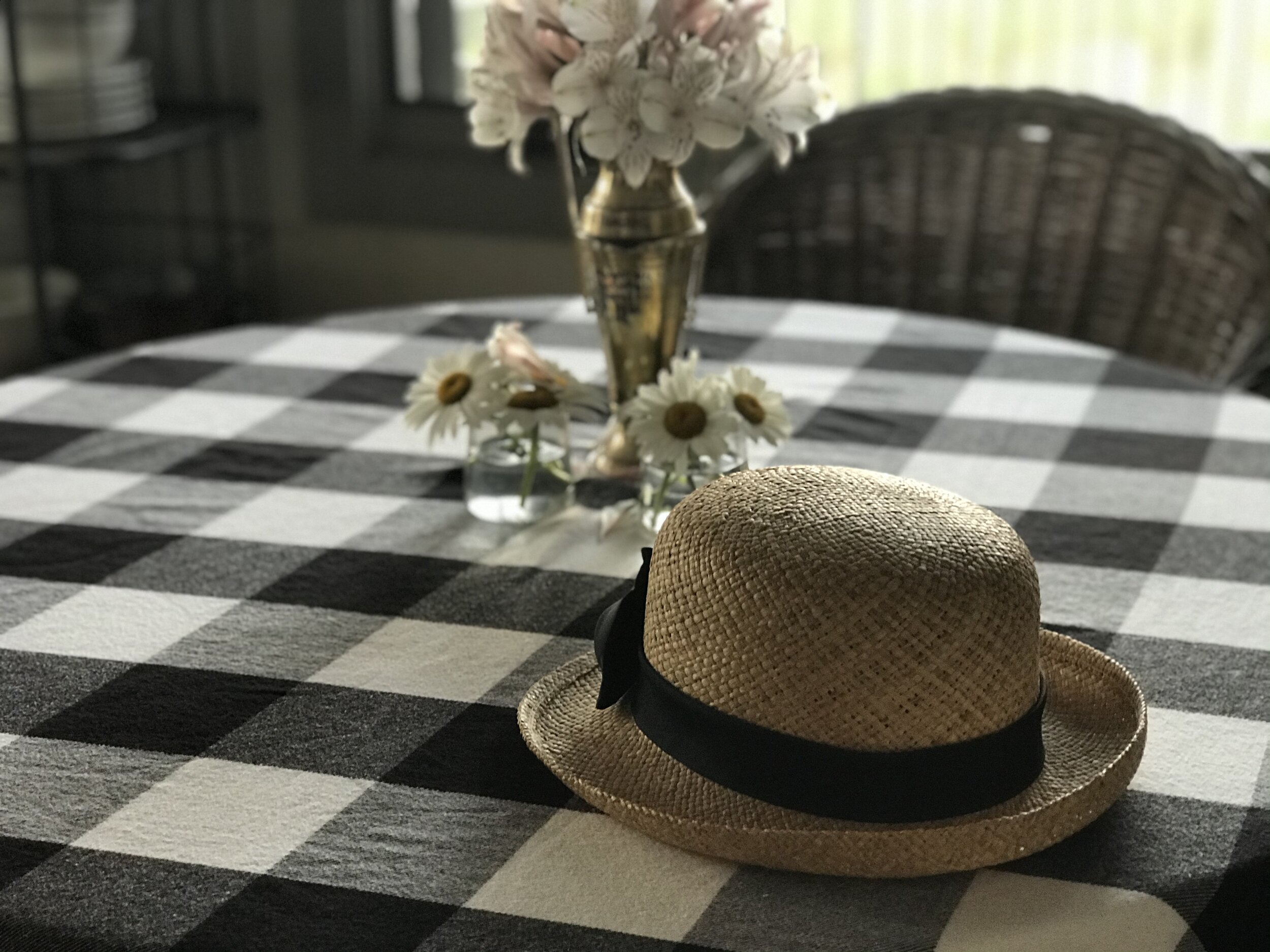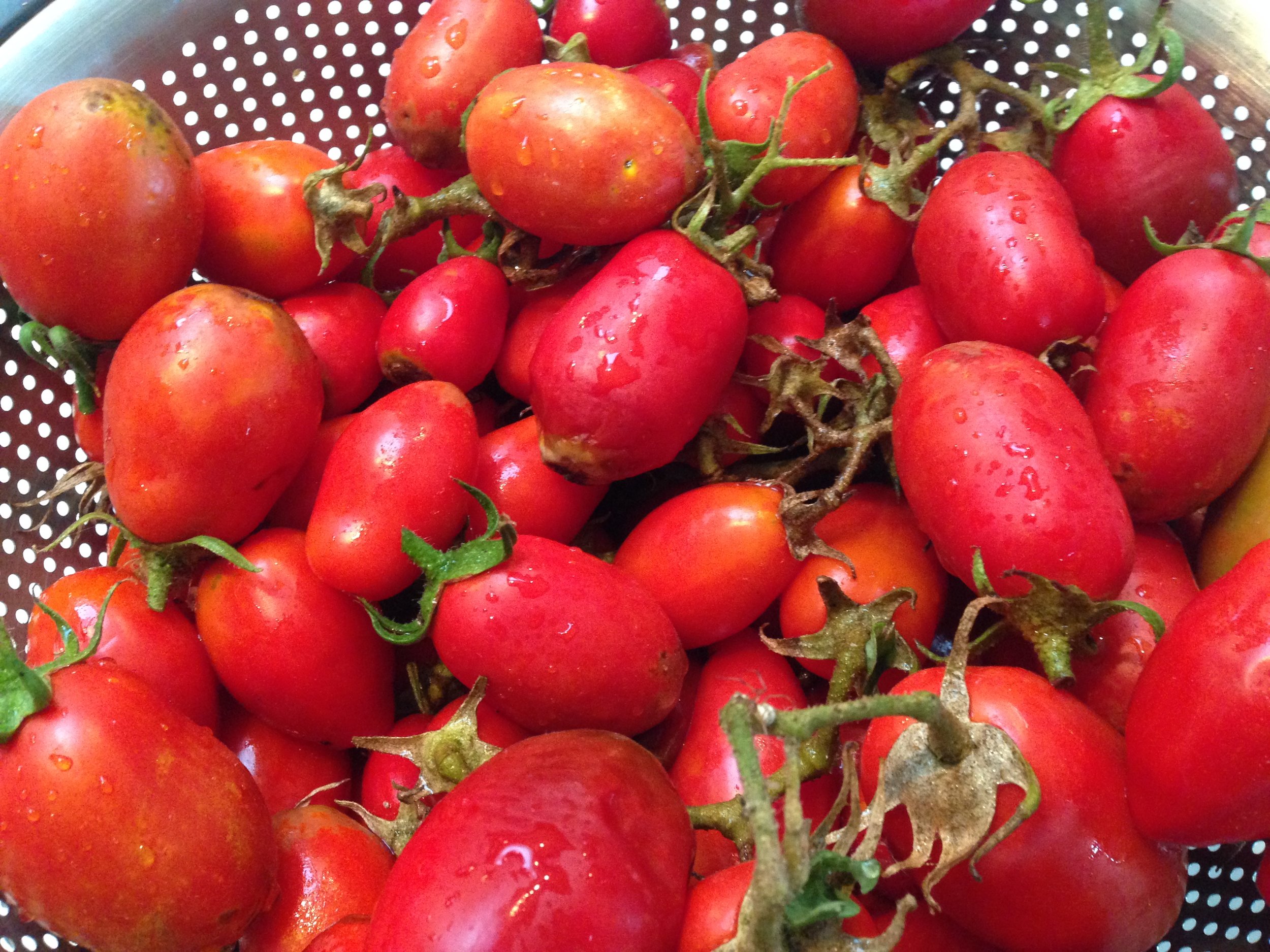Simplicity is Key
If you have been to one of my “Lunch in Provence” culinary events, chances are you have heard me talk of how I embrace the French Country lifestyle in my everyday. Much more than a desirable lifestyle, it is a solid philosophy to live one’s life. Elevate Simplicity to Elegance. Live in the Present. Cherish Now. Live Seasonally. Combine Beauty and Function. Celebrate Each Day. Honor Family and Traditions. Appreciate What You Have. Re-purpose Rather Then Dispose. Be Kind to Others. Respect Mother Earth.
The French are masters of simple living! Thomas Jefferson is often credited with this quote, “Every Man Has Two Countries, His Own and France.” When you think of France, is it the natural beauty, the rural countryside, the markets, the food, the quaint villages, the people, the style, or all of the above? This is not about choosing one country over another, rather observing the very essence of what creates this very desirable and seductive lifestyle, and how you might adopt it for yourself too. You can create this lifestyle where ever you live, and not just when you are in France. You can keep the French Country lifestyle in your heart, and for everyday! Perhaps you already living the lifestyle without realizing it.
France is very rich, and I am not speaking necessarily monetarily, in quality of life. The French Country lifestyle which seems to be effortless and natural is often envied, and it starts with “simplicity” and the ability to live in the moment or present. Simplicity is really another name for sophistication and elegance. Imagine a beautiful vintage ironstone bowl filled with lemons, a pastel patina stone house accented with a happy olive tree and wisteria, or a table of close friends lingering over a fresh baguette, bowl of tapenade, and a crisp bottle of rosé.
Saint Saturnin-les-Apts
Tandem with simplicity is the very powerful “living in the present.” It is not easy to keep your attention and thoughts in the moment, especially if you are not used to focusing on your present. There is a certain magical sweet spot of living in the moment, which once you experience and keep it with you, unfolds in many surprising ways.
You can experience true happiness and the joy of life—joie de vivre, living in the present. With that comes gratitude. Time for others. Time to enjoy. Time to pause, for you will never have this powerful present moment again.
Simple is Elegant
“Simplicity is the ultimate form of sophistication.” —Leonardo di Vinci
“Simplicity is the keynote of all true elegance.” —Coco Chanel
“Elegance is the only beauty that never fades.” —Audrey Hepburn
“Creativity is maximized when you live in the moment.”—Anonymous.
“Living in the present, refreshes and renews your energy.” “Change happens only in the now, triggered by self-awareness.” “When we feel the connection to our simplicity of being, we have hope as well.” “It may be challenging to see ourselves as ageless beings that grow in wisdom and spiritual fulfillment in each passing moment, but living in the present enables us to literally stop time.” —Deepak Chopra
“Wrinkles should merely indicate where the smiles have been.” —Mark Twain
“Listen to the signals or whispers, always to guide us.” —Oprah Winfrey
“If you are depressed, you are living in the past, if you are anxious, you are living in the future, if you are at peace, you are living in the present.” —Lao Tzu
“Learn to live with an attitude of gratitude.” —Sir John Templeton
These reflections on two of the main pillars of the French Country lifestyle regarding simplicity, and “living in the present” are what I have observed as an expat high school student living in Europe and my many trips to France as an adult. If you asked someone from St. Remy or Bonnieux, Provence, they might think otherwise, but I firmly believe the French Country lifestyle is firmly rooted in elevating simplicity to elegance, and the uncanny ability to live in the present effortlessly.
Do you love simplicity? Please share how you stay in the moment, and if wonderful things have happened to you.



















